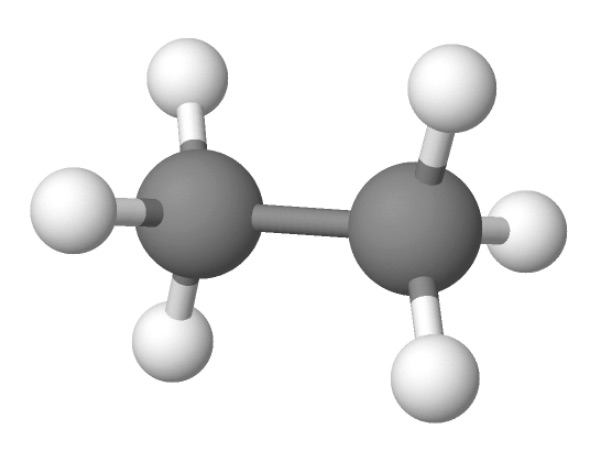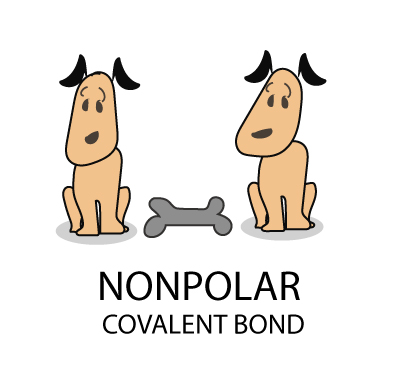Carbon to Carbon Bonds

Carbon-carbon bonds A carbon atom has 4 valence electrons A single bond Most bonds that carbon form are single bonds. Single bond simply means sharing one pair of bonding electrons between two atoms and is represented by a single line. Read More …


